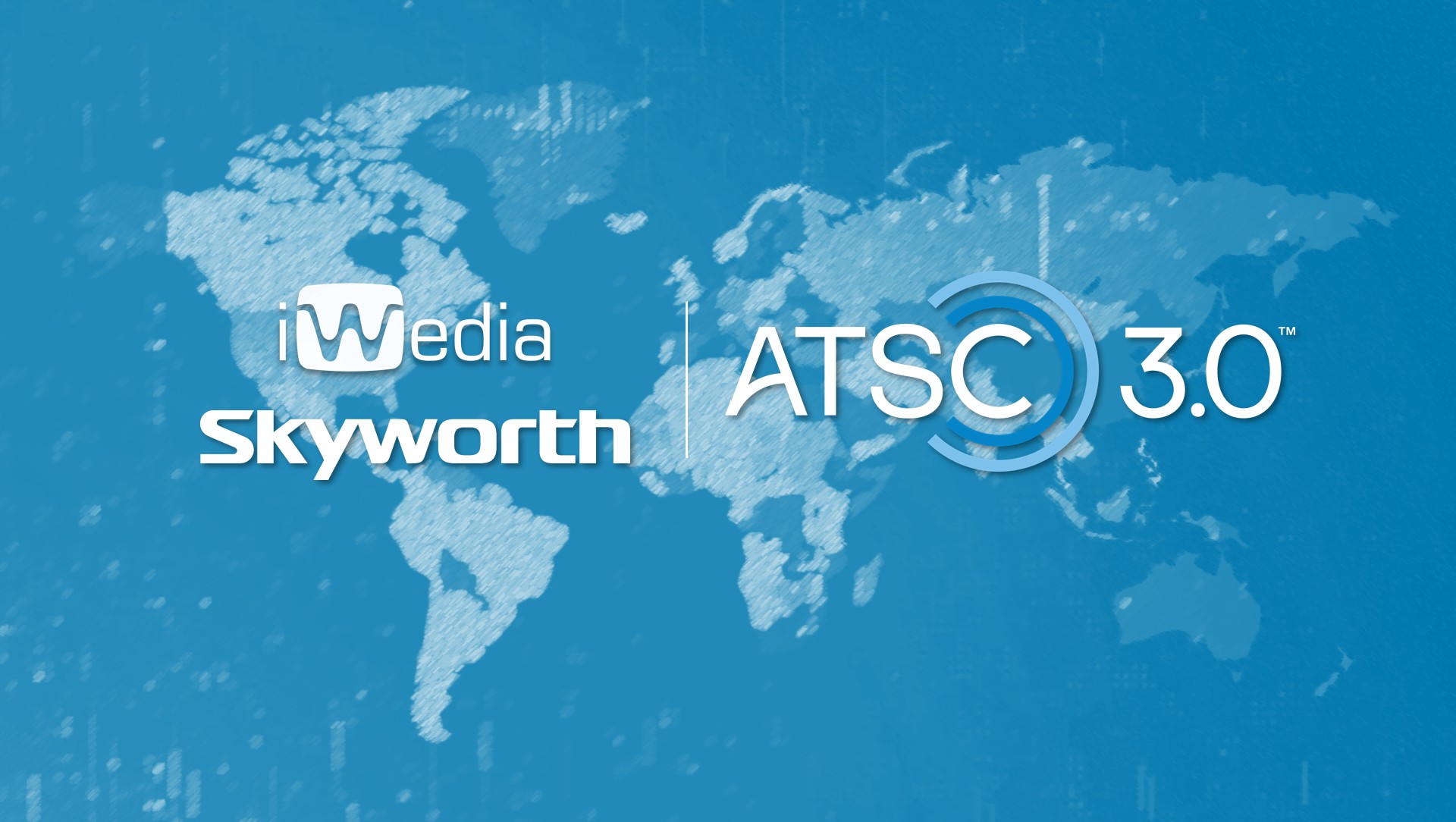Community broadcasters not bound by DTV deadline
It has been brought to our attention that a statement made in last week’s edition of the “Beyond The Headlines” e-newsletter (and elsewhere in the general press) is incorrect. In fact, as per the FCC’s “Third DTV Periodic Review NPRM,” “only full-power television broadcast stations will be directly and primarily affected by rules adopted in this Report and Order.”
In our lead story (see “Broadcasters get flexibility on DTV switch” at http://broadcastengineering.com/news/broadcasters_flexibility_dtv_switch/index.html ), we said that, “As of Feb. 18, all analog signals from Class A stations will cease.” The Community Broadcasters Association (CBA), which represents some 567 licensed Class A stations, has pointed out that these Class A member stations are not mandated to go digital and, in fact, will not any time soon.
Viewers receiving analog signals from these stations will not need converter boxes. Most of the CBA members’ facilities throughout the country, including 2227 licensed LPTV station members and 4518 licensed TV translators, will continue to transmit in analog long after February 2009, when full-power stations must migrate to digital transmission. These stations represent 80 percent of the nation’s TV broadcast facilities.
According to Amy Brown, executive director and secretary of the CBA, the organization thinks the FCC should exclude Class A, LPTV and translator stations from having to abide by any DTV deadline, citing financial hardship among its member stations and a lack of education among its viewing audience. The CBA has suggested five more years, to 2013 or later, pointing out that full-power stations were given 10 years to make the transition.
“We need time and space [real estate] to design and fund our migration,” said Greg Herman, the CBA’s vice president of technology (and a past president), adding that the cost for CBA members to go digital could total hundreds of millions of dollars. “We want to and will participate in this exciting transition, we are simply are asking for the commission to be realistic and give us some extra time.”
The commission has indicated that it will act on this issue in the first quarter of 2008, and in its “Third DTV Periodic Review NPRM,” the FCC has stated publicly that “the transition timing for LPTV, translator and Class A stations will be addressed in a separate proceeding.”
Herman explained that a Class A or LPTV digital station needs to operate at about 15kW ERP power, thus requiring a new transmitter and multicasting system to go digital. This could cost about $250,000 to $500,000 for a Class A station, $300,000 for a low-power station and $50,000 to $100,000 for translators. This does not take into account a new antenna and tower site.
The professional video industry's #1 source for news, trends and product and tech information. Sign up below.
The Class A category was created in 1999 by the FCC to allocate spectrum and protect low-power affiliates from being pushed off their channel. Class A stations are still low power, but are protected from interference and from having to move should a full-service station request that channel.
More information concerning the FCC’s recent Report and Order and its effect on both Class A and full-power TV stations is available in a recorded Jan., 8, 2008 webcast from Broadcast Engineering magazine. Go to www.broadcastengineering.com and click on the webinar button, then go to “Getting ready for February 2009. Analog goes dark.”
